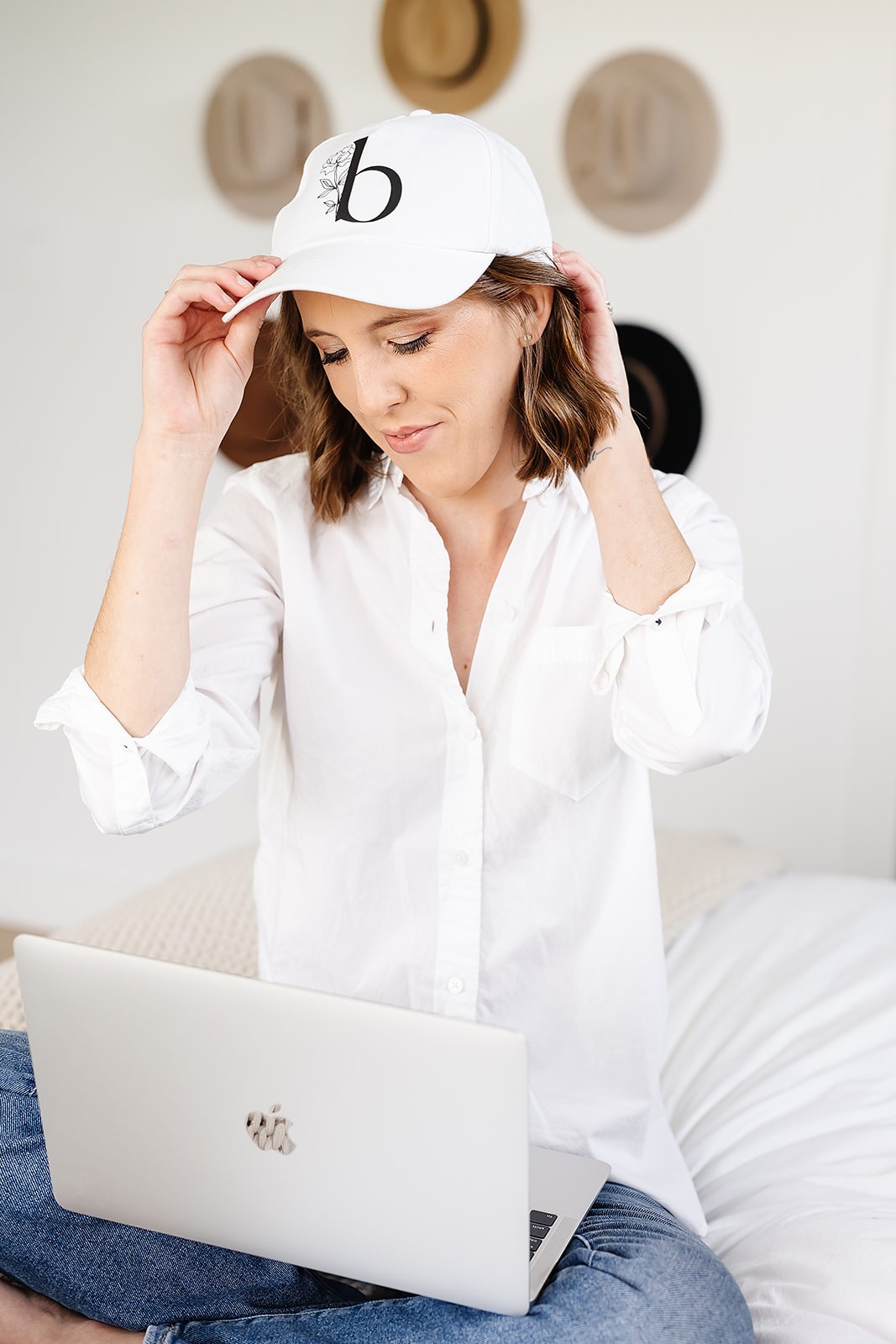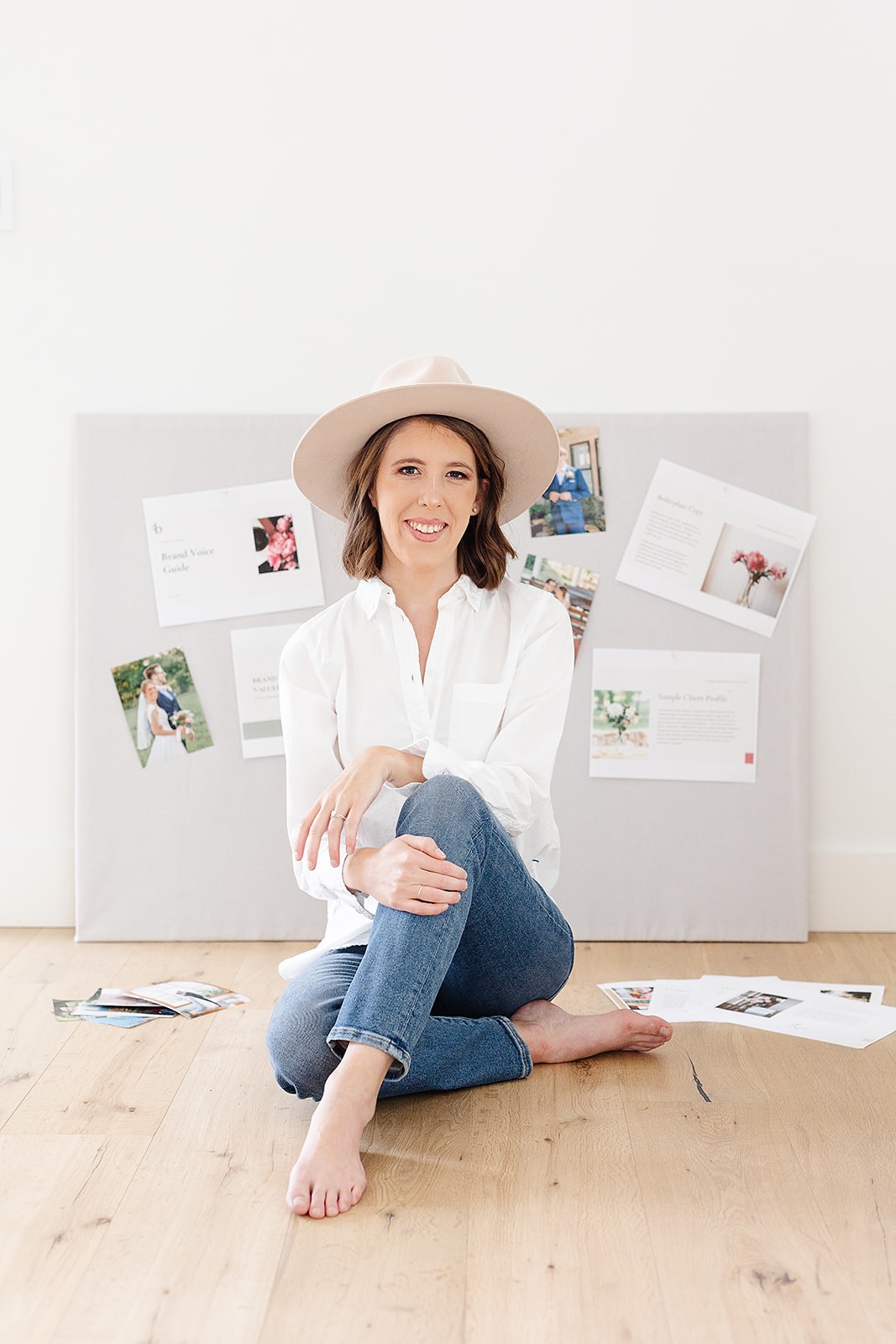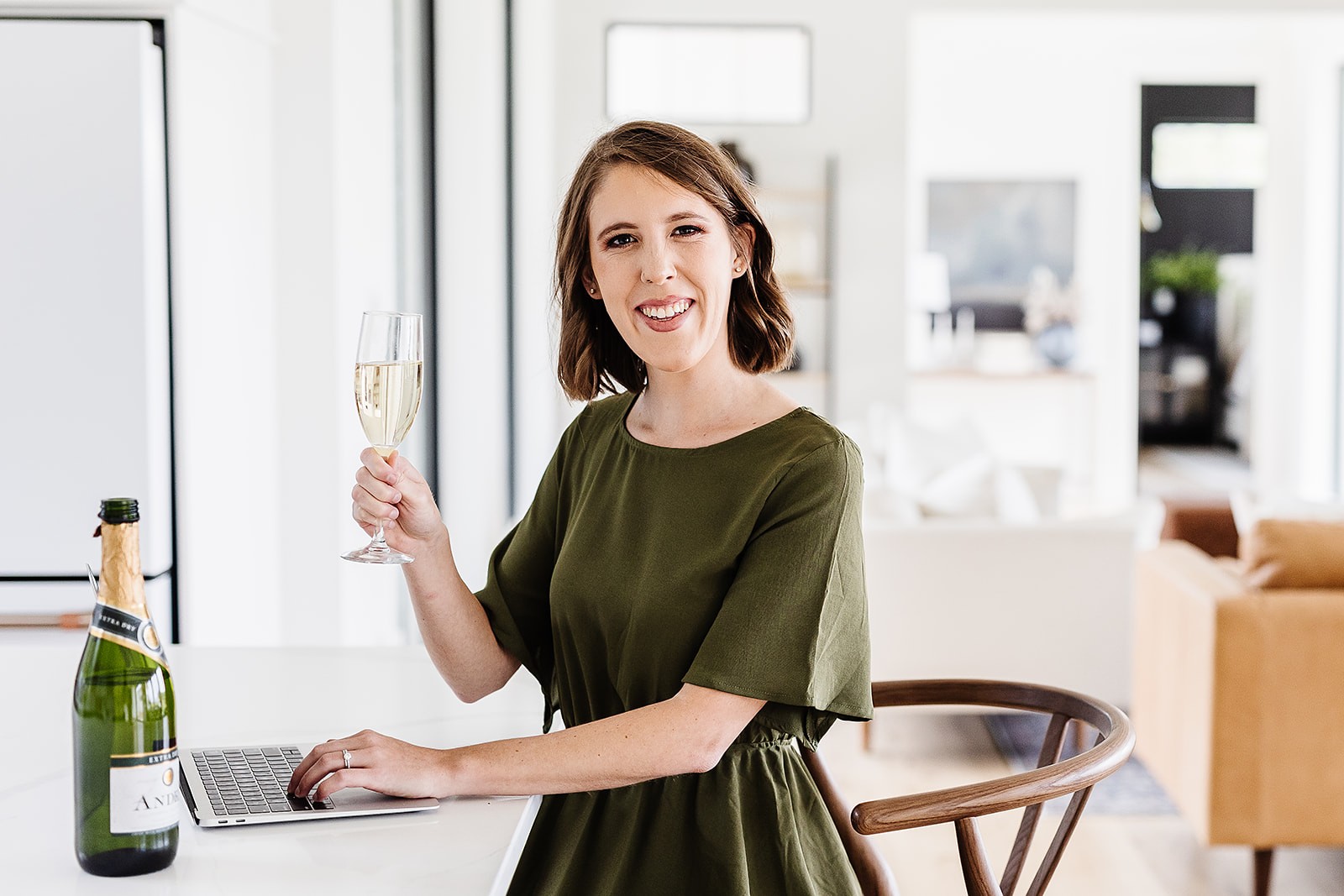We caught up with the brilliant and insightful Micah Robbins a few weeks ago and have shared our conversation below.
Micah, appreciate you joining us today. Risking taking is a huge part of most people’s story but too often society overlooks those risks and only focuses on where you are today. Can you talk to us about a risk you’ve taken – it could be a big risk or a small one – but walk us through the backstory.
In 2020 in the middle of the pandemic, I was deeply unhappy in my corporate job. I wasn’t being creatively challenged or using my degree in writing in any meaningful ways. I knew I was capable of more, but no matter how much I asked, I wasn’t given the opportunities to use those talents. So I started freelance writing on the side. Slowly, I build momentum and started earning decent money from it each month. I knew I had a decision to make. It was in the middle of the pandemic and lots of people were losing their jobs involuntarily, but I also knew I deserved better in terms of my work. So I quite my job. I told myself I would give my writing business the old ‘college try’ and work at it for six months before looking for another job. I sat down at my desk that first day after I quit and decided I would make it work. And I have! It’s been the greatest joy of my professional life thus far, and I am so glad I took that risk and bet on myself.


As always, we appreciate you sharing your insights and we’ve got a few more questions for you, but before we get to all of that can you take a minute to introduce yourself and give our readers some of your background and context?
I’m a copywriter for creatives. Essentially, I hook creatives up with the words they need to attract their dream clients and sell more. I write the words on websites, in marketing emails, and on sales pages. If it has to do with words and making money, I’m your gal!
Copywriting is the art and science of using words to elicit action. It comes from advertising, rather than journalism. Everywhere you look, you see copy: on billboards, in advertisement, in commercials, in your inbox. It’s one of those jobs people don’t know exists, but they experience the byproduct of it every single day of their lives.
I love working with creatives like photographers, coaches, and designers because often times visually-driven people have a hard time conveying their expertise and the value of the work they do in written words. They wish their art could speak for itself, but it can’t! They don’t think of themselves as ‘words people.’ That’s where I come in and lend a helping hand!
How did you build your audience on social media?
Here are three lessons that changed my perspective on social media (Instagram in particular) and helped me pivot my audience from a personal account audience to a business account audience.
1. Social media is for being social.
As obvious as this sounds, I used to just post and ghost, and then wonder why no one was commenting on my great content?! Well, I realized it was because I was not commenting and engaging with other people’s great content! When I committed 10 minutes a day to engaging with other people on IG (without expectation), I saw my own engagement skyrocket! Remember, you get out what you put in.
2. There’s no such thing as a small audience.
I used to get really discouraged when 20 people watched my Stories. Then I thought, “What if 20 people were in the room with me right now listening to me speak about copywriting? That would be incredible!” So now, no number is “small” to me. If one person watches my Story or engages with my poll, I rejoice! Literally, I celebrate. Because that is a human who actually cares about what I’m saying. How incredible.
3. It’s okay for your audience to shift and change.
I’ve had my IG account since college, so many of my followers were friends and family for a long time. Then I started my business and started posting about copywriting. I didn’t want to start and manage a separate business account. At first, no one seemed interested, because that’s not what they were used to and it wasn’t very relevant to their lives. I felt really insecure. But slowly over time, my fellow business owners began to show up. They began commenting and telling me they enjoyed my content. And I kept going. The insecurity faded and you know what? I didn’t lose any real life friends either! They are really happy for me and my business, even if they can’t always relate.

Any stories or insights that might help us understand how you’ve built such a strong reputation?
One of the main criticisms I hear often when it comes to working with creative service providers is that they are not very deadline driven and take ten times longer than expected to finish a project. I committed to being very punctual and deadline driven from the beginning. I always set clear expectations for my clients using a project timeline at the start of the project, and 99.99% of the time, I stick to that promised timeline. I believe this has really set me apart and differentiated me from other copywriters who are more lackadaisical with their timelines.
If possible, be an organized creative who sticks to their word!
Contact Info:
- Website: https://blossomcopy.com
- Instagram: https://www.instagram.com/blossomcopy
- Linkedin: www.linkedin.com/in/micah-robbins
Image Credits
Image Credit: Amber Tice Photography


